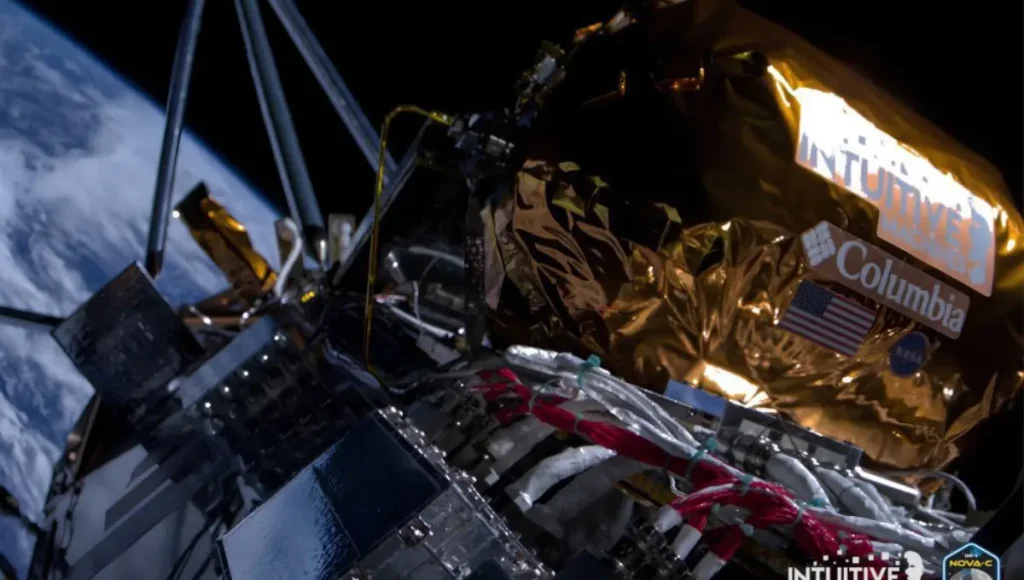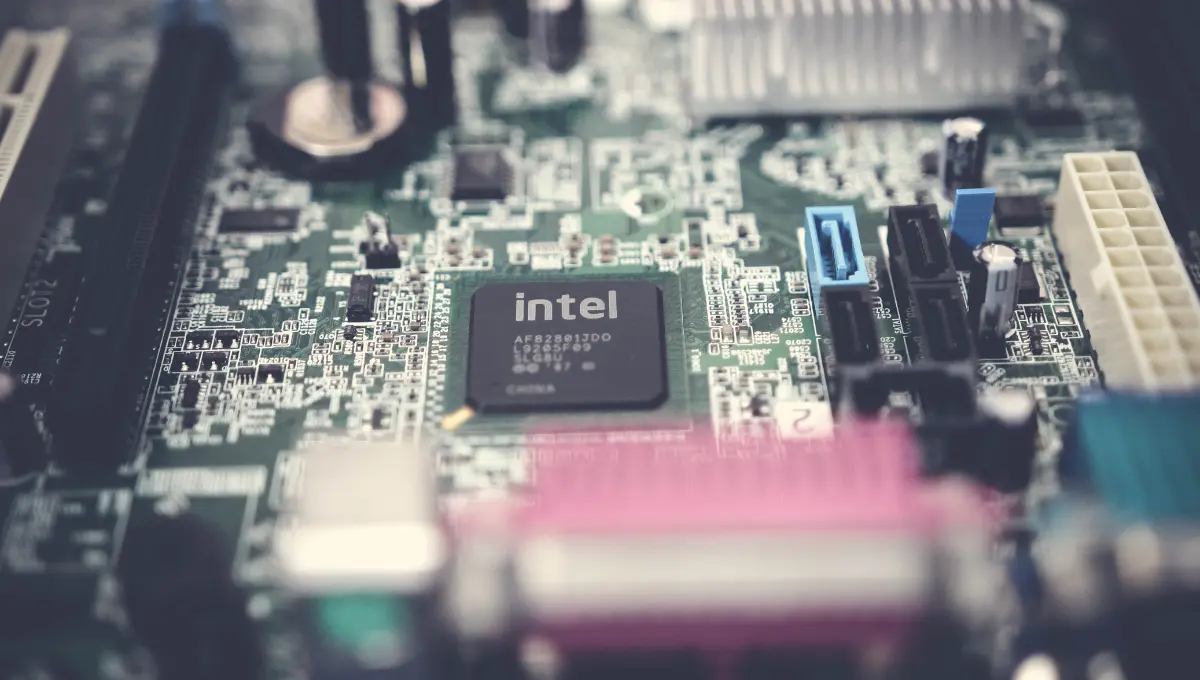The United States marks a significant milestone in space exploration as the privately-built spacecraft Odysseus successfully touches down on the lunar surface, marking the nation’s return after more than 50 years. Amidst celebrations and anticipation, the historic event signals a new era of lunar exploration and scientific discovery.

After a nail-biting 73-minute descent, Odysseus landed near the moon’s south pole, a location chosen for its potential wealth of resources and strategic importance for future missions. Despite initial uncertainty, Intuitive Machines, the Texas-based company behind Odysseus, confirmed the lander’s upright position and the commencement of data transmission.
The success of this “soft landing” paves the way for future endeavors, including NASA’s planned Artemis III mission to send humans back to the moon by late 2026. With a focus on scientific research and innovation, Odysseus carries a payload of instruments aimed at gathering crucial data about the lunar environment.
This achievement not only marks a triumph for American space exploration but also highlights the collaborative efforts between public and private sectors in advancing humanity’s understanding of the cosmos. As NASA Administrator Bill Nelson aptly stated, “Odysseus has taken the moon. This feat is a giant leap forward for all of humanity.”
Looking ahead, the US remains committed to maintaining its leadership in space exploration, with ambitious plans for crewed missions to Mars and continued lunar exploration through the Artemis program. Through these endeavors, the nation seeks to stay ahead in the global space race, competing with emerging powers such as Russia and China.
As the world watches with bated breath, Odysseus’s successful mission heralds a new chapter in humanity’s quest to unravel the mysteries of the universe and forge a path towards a future of boundless possibilities in space exploration.


